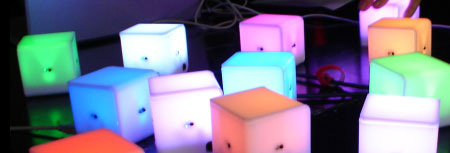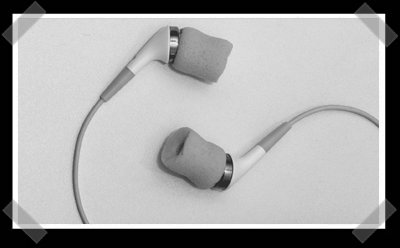
The Griffin AirCurve Dock is a nifty gadget that uses a coiled horn to increase the volume of your iPhone’s speaker. Griffin’s marketing claims that their passive device delivers “amazing amplification” and “you’ll swear there are full-sized speakers in there.” Meh. It does look like an interesting project for someone with a 3D printer. You could experiment with different passage and dock shapes. At least it gives us an excuse to post two massive DIY horns.

















